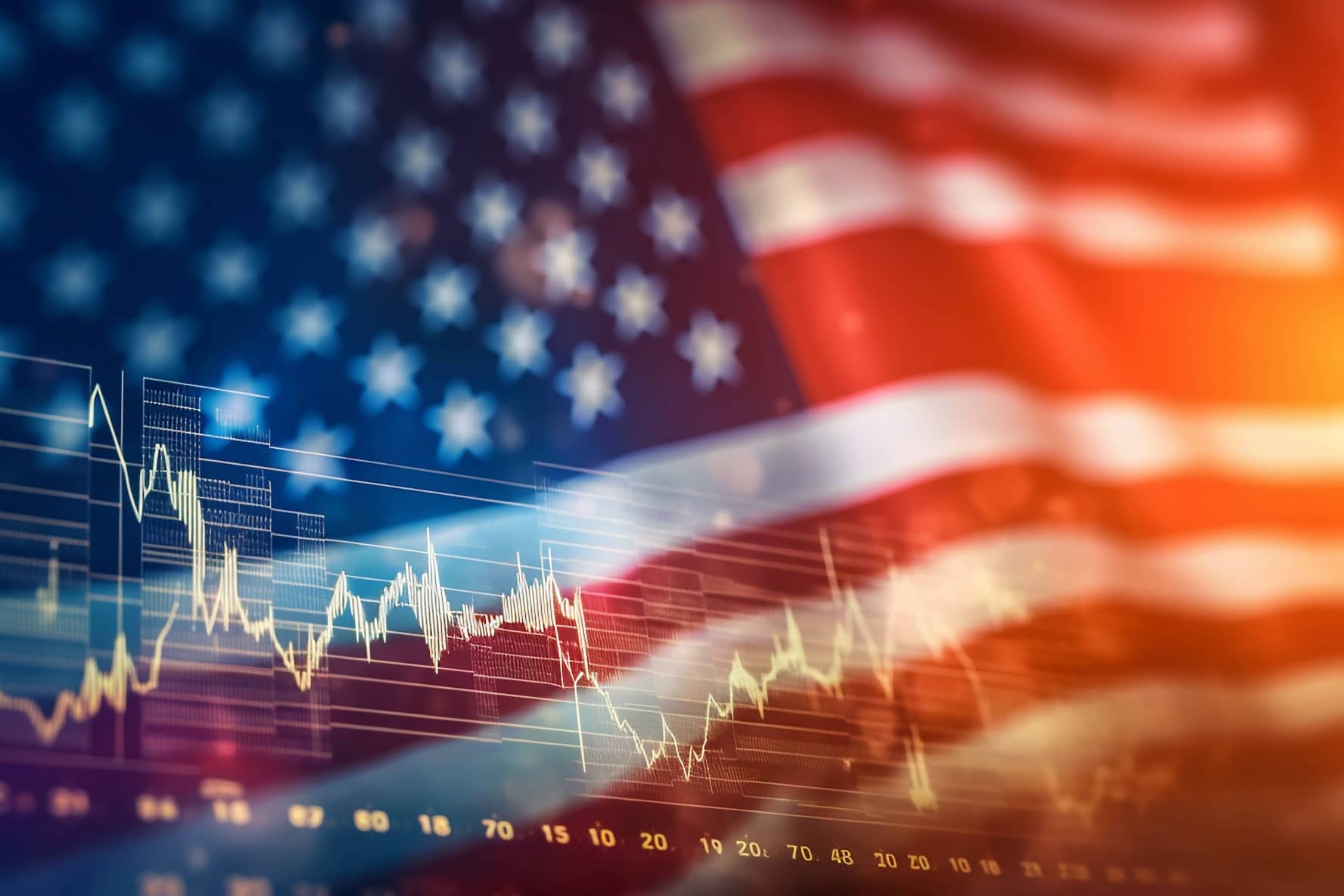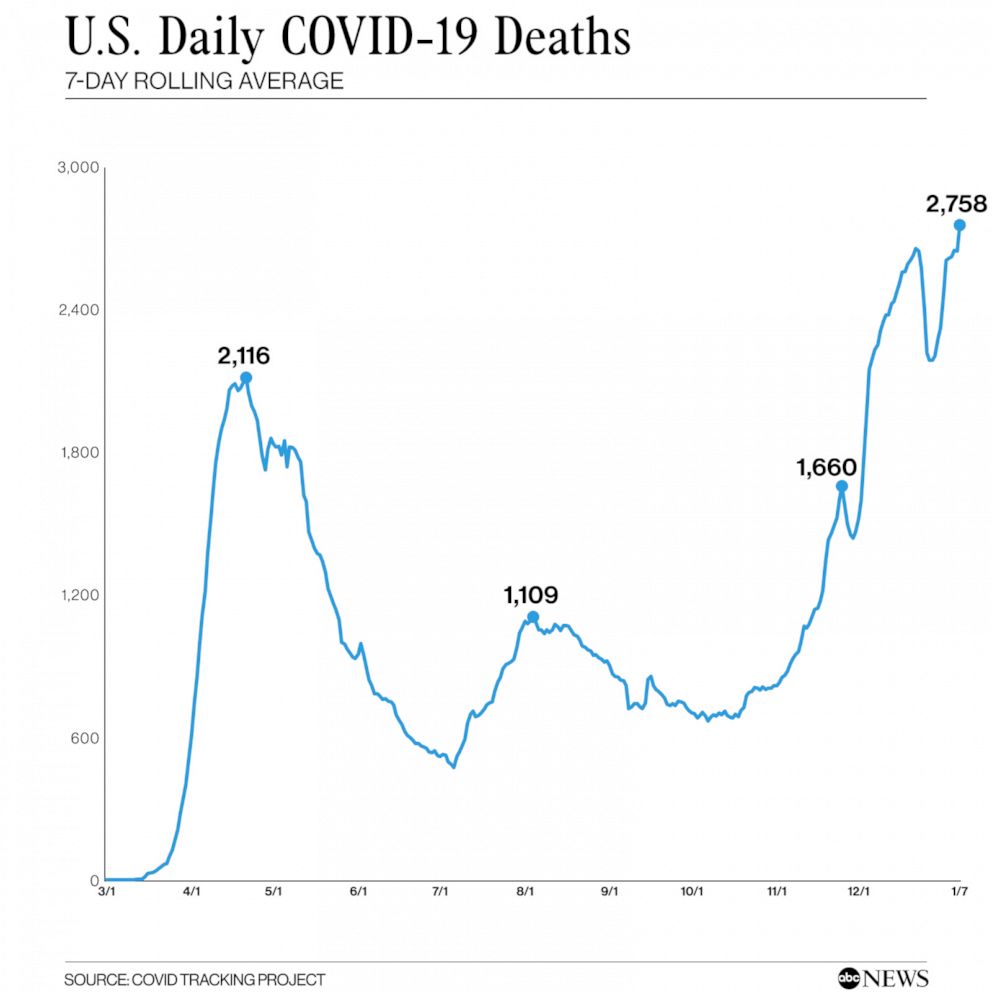Economic News USA: Key Trends, Insights, and Impacts on the U.S. Economy

| Introduction: The Importance of Economic News in the USA |
| Economic news plays a pivotal role in shaping the understanding of the U.S. economy. Whether you’re an investor, policymaker, or just a concerned citizen, staying up-to-date on economic trends is crucial for making informed decisions. From inflation rates to employment figures, economic news affects all aspects of daily life in the U.S. Let’s explore the significance of oregonnewsalert.com and its impact on American society. |
| What is Economic News? |
| Understanding Economic News and its Relevance |
| Economic news refers to reports, analyses, and updates on factors that influence the economy, such as inflation, GDP, employment rates, consumer spending, and government policies. This news helps people understand economic trends and make informed financial decisions, ranging from everyday spending to long-term investment strategies. |
| Sources of Economic News |
| Key sources of economic news in the U.S. include government agencies like the Bureau of Labor Statistics, major news outlets such as The Wall Street Journal, Bloomberg, and Reuters, and financial analysts who interpret and forecast economic data. These outlets provide daily updates on critical economic indicators that influence both the stock market and general economic health. |
| Current State of the U.S. Economy |
| Post-Pandemic Recovery |
| Following the COVID-19 pandemic, the U.S. economy has been on a recovery path. The economy faced unprecedented shutdowns and disruptions, but through massive fiscal stimulus and public health measures, it’s slowly bouncing back. As we move further into 2025, signs of recovery in key sectors such as retail, hospitality, and manufacturing are visible, though some challenges remain. |
| Inflation Trends and Interest Rates |
| How Inflation Affects Consumers and Businesses |
| Inflation, which is the rate at which prices for goods and services increase, is one of the most closely watched indicators in economic news. In 2023 and 2024, inflation surged in the U.S., affecting the cost of living and reducing purchasing power. For businesses, higher costs for raw materials and labor can lead to price hikes, affecting both consumer behavior and profit margins. |
| The Federal Reserve’s Role in Controlling Inflation |
| The Federal Reserve plays a key role in managing inflation through monetary policy. By adjusting interest rates, the Fed aims to either stimulate the economy or curb inflation. When inflation is too high, the Fed may raise interest rates to cool off the economy, which impacts borrowing costs for consumers and businesses alike. |
| Job Market and Employment Trends |
| Unemployment Rates and Workforce Participation |
| The U.S. job market has been steadily improving, with unemployment rates dropping to pre-pandemic levels in 2024. However, many sectors continue to struggle with labor shortages, and workforce participation (the percentage of working-age people actively looking for work) remains a key issue for economists. |
| Impact of Technology on Employment |
| Technology has transformed the labor market in the past decade, with automation, AI, and remote work reshaping industries. As the digital economy expands, some traditional jobs are becoming obsolete, while new opportunities arise in tech, healthcare, and green energy sectors. |
| Key Sectors Driving the U.S. Economy |
| Technology and Innovation |
| The technology sector continues to be a major driver of the U.S. economy. From Silicon Valley to growing tech hubs in cities like Austin and Seattle, tech companies contribute significantly to GDP, job creation, and innovation. The increasing demand for cloud computing, AI, and cybersecurity services is fueling further growth in this sector. |
| Manufacturing and Supply Chain Challenges |
| Global Supply Chain Disruptions |
| Supply chain disruptions became a major issue during the pandemic and have persisted in some industries. Manufacturers face challenges in sourcing materials, particularly from overseas markets, which affects production schedules and costs. |
| Manufacturing’s Contribution to GDP |
| Despite challenges, manufacturing remains a significant contributor to the U.S. economy. As the global economy recovers, the U.S. is focusing on re-shoring manufacturing jobs to ensure economic stability and reduce dependence on foreign suppliers. |
| Consumer Spending and Retail Sector |
| Consumer spending drives a substantial portion of U.S. economic activity. The retail sector is rebounding as consumers increase spending on goods and services. Online shopping, in particular, has transformed the retail landscape, with e-commerce platforms growing year after year. |
| Healthcare and Pharmaceuticals |
| The healthcare industry continues to grow, contributing significantly to U.S. GDP. With an aging population and increased spending on pharmaceuticals and medical technology, healthcare remains a top priority in economic planning. |
| Government Policies and Economic Impact |
| Fiscal Policies and Stimulus Packages |
| Impact of COVID-19 Stimulus on the Economy |
| The U.S. government responded to the economic fallout of the pandemic with stimulus packages that provided direct payments to individuals, extended unemployment benefits, and helped businesses stay afloat. These measures helped avoid a deeper recession but also contributed to the inflationary pressures observed in 2023-2024. |
| Biden Administration’s Economic Policies |
| The Biden administration has focused on a mix of stimulus spending, infrastructure investment, and social programs to support economic recovery. The American Rescue Plan and Build Back Better initiatives are key components of this approach. |
| Monetary Policy and the Federal Reserve |
| Federal Reserve’s Decisions on Interest Rates |
| The Federal Reserve continues to adjust interest rates to manage inflation and ensure economic stability. By raising rates, it aims to slow down inflation but can also affect borrowing costs for businesses and consumers. |
| Quantitative Easing and its Effects |
| Quantitative easing is a policy the Fed uses to inject money into the economy by purchasing bonds. While it aims to stimulate the economy, it also raises concerns about long-term inflation and asset bubbles. |
| Stock Market and Investment Trends |
| Stock Market Performance |
| The stock market has seen substantial volatility, with major indices such as the S&P 500 and NASDAQ experiencing both sharp gains and losses. This reflects the uncertainty surrounding global economic trends, inflation concerns, and shifts in consumer behavior. |
| Cryptocurrency and Digital Assets |
| Impact of Cryptocurrency on Traditional Markets |
| Cryptocurrencies like Bitcoin and Ethereum have made waves in the financial markets, offering new opportunities and risks for investors. Their rise challenges traditional financial systems and raises questions about the future of global currencies. |
| Regulatory Challenges for Digital Assets |
| As the popularity of digital assets grows, governments and regulatory bodies are scrutinizing the space. Cryptocurrency regulation is evolving, with debates over how to handle taxation, security, and investment protections. |
| Global Economic Trends and Their Impact on the U.S. Economy |
| Global Trade and Tariffs |
| Trade relations, especially with countries like China, directly affect the U.S. economy. Tariffs and trade policies can alter prices, disrupt global supply chains, and influence the U.S. job market. |
| Geopolitical Risks and their Economic Impact |
| Geopolitical risks such as tensions in the Middle East, Russia’s actions in Ukraine, or changes in trade policy can have far-reaching effects on the U.S. economy. Global stability is a critical factor in sustaining long-term economic growth. |
| Economic News Reporting: Challenges and Trends |
| Accuracy vs. Sensationalism |
| In today’s fast-paced world of economic reporting, the pressure to break news quickly often leads to sensationalism. However, accurate reporting is vital for providing the public with reliable information. |
| The Role of Social Media in Economic News |
| Social media has changed the way economic news is consumed. Platforms like Twitter and Reddit amplify news, sometimes creating market shifts or fueling public opinion before formal outlets can report. |
| Conclusion: The Future of Economic News in the USA |
| As the economy continues to evolve, the demand for accurate, insightful, and up-to-date economic news will only grow. With emerging technologies and shifting political landscapes, staying informed will be crucial for individuals and businesses alike. |

 Google News in the USA: Your Go-To Source for Today’s Headlines
Google News in the USA: Your Go-To Source for Today’s Headlines  News USA and Deaths – Reporting on Loss in the United States
News USA and Deaths – Reporting on Loss in the United States  USA Government Shutdown News: Latest Updates and Insights
USA Government Shutdown News: Latest Updates and Insights  Latest COVID-19 News in the USA: Everything You Need to Know
Latest COVID-19 News in the USA: Everything You Need to Know  USA News Today Newspaper: Your Source for Reliable Updates
USA News Today Newspaper: Your Source for Reliable Updates ) Yahoo USA News: A Comprehensive Look at Its Role in American Journalism
Yahoo USA News: A Comprehensive Look at Its Role in American Journalism  Finding the Right Wegovy Weight Loss Clinic in Los Angeles: A Comprehensive Guide
Finding the Right Wegovy Weight Loss Clinic in Los Angeles: A Comprehensive Guide  How to Choose the Right Testosterone Replacement Clinic in Los Angeles?
How to Choose the Right Testosterone Replacement Clinic in Los Angeles?  The Impact of Smart Building Technology on Modern Architecture
The Impact of Smart Building Technology on Modern Architecture